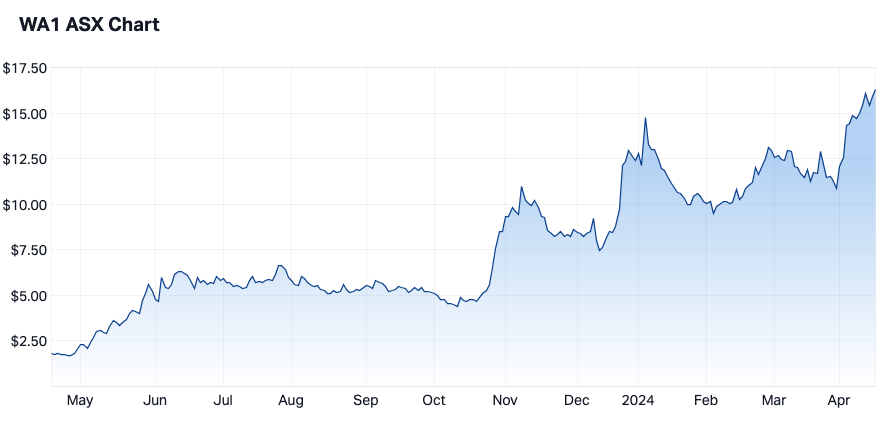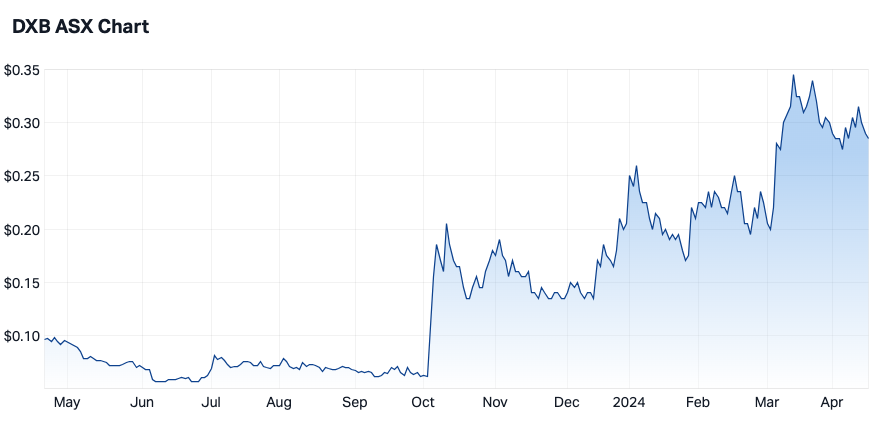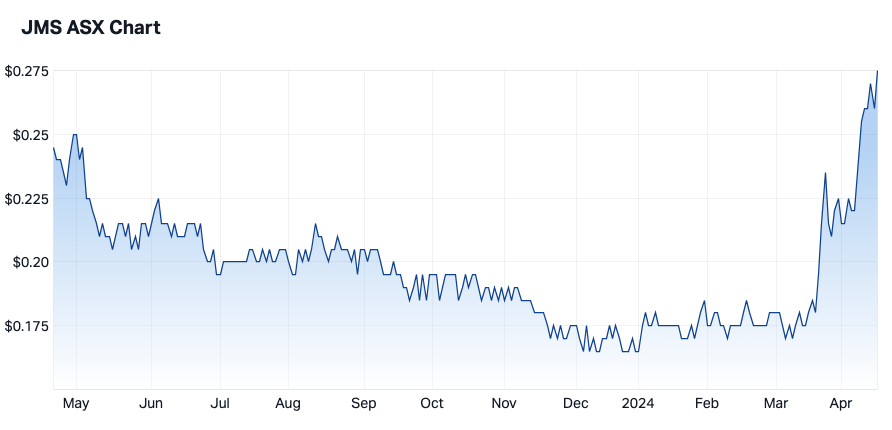A 10-bagger battery metals play (and how this fundie found it)
An early owner of West Australian rare earths miner WA1 Resources (ASX: WA1), Datt Capital first backed the explorer when it had a $90 million market cap – a figure that’s now north of $1 billion.
Datt Capital’s founder and principal, Emanuel Datt, named the explorer as his most successful stock pick during a recent interview as part of my series on microcap investing.
In the following Q&A, Datt explains how he finds opportunities in the space and some of the red flags to watch out for. He also discusses an under-the-radar biopharma firm likely to push higher from here, and a manganese miner that has caught his eye.
Please note: The information in this wire is not, nor is it intended to be, a set of recommendations. Please do your own research and seek advice from a professional before making any investment decisions.

How do you find the best micro-cap opportunities?
Finding the best micro-cap opportunities is always a work in progress. The investible universe locally on public markets, outside the ASX 300, is around 1,500 individual companies. Screening quantitatively only gets you so far given the lack of structured, transparent information on these companies that sit outside the broader indices. Sell-side analyst coverage is also thin, which presents challenges to institutions that wish to invest in this space.
The only way to succeed in microcap investing is to take a long-term view and invest in internal research over many years, building up “institutional experience”. This entails taking a primary research-orientated approach, utilising our firm-specific experience and most importantly, consistent and persistent efforts to cover the sector.
We have found that significant idiosyncratic alpha can be generated in the space by taking a proactive, forward-looking approach; actively working with management teams to enhance value for all shareholders, as well as improving governance and capital allocation decisions.
Understanding the existing “market context” is also an important part of microcap investing, given the cyclical M&A interest we periodically observe from private market participants.
What are the red flags that signal “avoid” to you?
- Extensive related-party transactions. For companies to achieve larger market sizes, they need to develop their own internal capabilities and increase their sophistication as they grow.
- Inappropriate corporate governance practices. An appropriate, independent board is essential for compliance and shareholder protection.
- Inadequate management expertise. Management should be skilled and hold the requisite experience in the company’s sector.
- Commoditised assets with no real differentiated factors. Assets or businesses that provide generic services such as cleaning, labour contracting, basic telecommunications, and IT services.
We also watch out for companies with opaque or non-existent corporate strategy, poor market positioning, or operating in poorly structured industries.
What has been your most successful microcap stock pick?
Our most successful microcap stock pick of late has been our investment in WA1 Resources (ASX: WA1). It has made a world-class niobium discovery at its high-grade shallow Luni prospect, in the world’s best mining jurisdiction Western Australia. Niobium will play a critical role in meeting the world’s decarbonisation targets through its fundamental role in advanced specialty steels and in emerging fast-charging battery technology.
Niobium supply is scarce, with only three mines producing globally and 80% of global supply produced from the giant Araxa mine in Brazil. We believe an Australian source of supply will be highly sought after by Asian steel industry customers, and be integral to the emergence of the nascent niobium battery technology industry.
We first invested in WA1 when the company had a market cap of $90 million and today the company has a market cap of around $1 billion. We believe the company still holds outstanding growth potential, as the Luni deposit is de-risked through a mineral resource estimate, preliminary metallurgical studies and other key project items.

Based on a recent Livewire reader question, what’s one quality ASX micro-cap company that has so far been largely missed by the market, but has the potential to grow strongly from here?
Dimerix (ASX: DXB) is a clinical-stage biopharmaceutical company, presently undertaking a Phase 3 trial for its lead drug candidate DMX-200. This is a treatment for Focal segmental glomerulosclerosis (FSGS), a kidney condition that may lead to irreversible renal damage. DXB has received an orphan drug designation for DMX-200 providing a range of attractive commercialisation benefits for the company in the case of Phase 3 success.
While the company continues to progress its Phase 3 studies, there is a significant opportunity to progress discussions with potential commercialisation partners. Given the relatively modest market cap of $160 million, what we perceive to be lower technical risk with the Phase 3 study and attractive valuation relative to peers – DXB potentially represents an attractive risk-reward investment proposition; with the caveat that investing in health sciences is a higher risk endeavour.

Is your smaller size an advantage when investing in microcaps?
Having a smaller pool of assets under management allows for greater consideration of appropriate emerging companies, given the smallest “investment” size is considerably lower relative to larger fund managers.
This effectively allows us to invest at an earlier growth stage than larger fund managers, potentially providing a greater return in the best-case scenarios.
It should be cautioned that investing in microcaps is generally a higher risk endeavour than investing in larger capitalisation stocks; hence investment manager skill is paramount along with manager alignment.
What do you regard as the most exciting company in your portfolio currently?
Of late, Jupiter Mines (ASX: JMS) has caught our attention in a big way. JMS owns 49.9% of the world-class, long-life Tsipi manganese mine in South Africa. Manganese is integral to the steel-making process and we believe that steel production will continue to grow driven by rapid urbanisation in India and other parts of Asia. Tsipi has been producing reliably for several years and its costs are within the lowest quartile of the global manganese cost curve. This provides resilience in periods of soft manganese pricing.
The manganese market has experienced a significant supply dislocation with the suspension of shipping from S32’s GEMCO manganese operations which were affected by Cyclone Megan. It is believed that port infrastructure will take some months to be reinstated, which is significant given these operations provided around 12% of global supply or around 15% of “contained” manganese supply. Chinese port stocks have started to decline with manganese prices rising off a multi-year low.
We anticipate that JMS may materially benefit from an improvement in manganese prices from here, along with the other corporate initiatives it has been progressing including potential battery material operation studies.

What do you think?
Do you hold any of these companies or have other Aussie micro-caps on your watchlist? Let us know in the comments section below.
Enjoy this wire? Hit the ‘like’ button to let us know. Stay up to date with my current content by clicking "Follow" below to be notified when new wires are published. You can other wires in this series here and here.
4 topics
1 contributor mentioned

